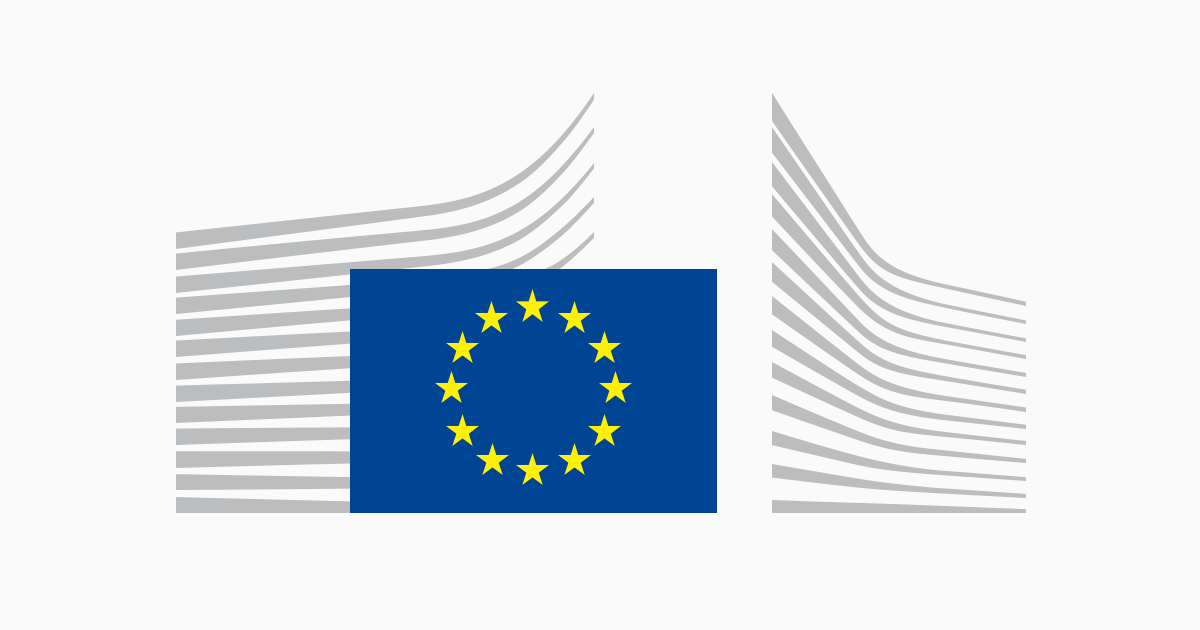On 8 November 2023, the European Commission adopted a new Growth Plan for the Western Balkans, with the aim of bringing the Western Balkan partners closer to the EU through offering some of the benefits of EU membership to the region in advance of accession, boosting economic growth and accelerating socio-economic convergence.
The lack of convergence is a major issue for the Western Balkan region; it is currently at around 35% of EU average level. This translates in limited revenue base to fund the accession process and related reforms, and it also contributes to large-scale outward migration.
Economic convergence is an essential element in getting the Western Balkan partners closer to the EU.
The Growth Plan has the potential to double the size of the Western Balkan economies within the next 10 years.
The Growth Plan incentivises the Western Balkans’ preparations for EU membership and the need to accelerate reforms, by bringing forward some of its benefits which will directly benefit the citizens of the Western Balkan countries. This in turn should significantly accelerate the speed of the enlargement process and the growth of their economies.
To support this process a new €6 billion financial instrument, the Reform and Growth Facility for the Western Balkans has been proposed for the period 2024-2027.
The new Growth Plan for the Western Balkans is based on four pillars, aimed at:
- Enhancing economic integration with the European Union’s single market, subject to the Western Balkans aligning with single market rules and opening the relevant sectors and areas to all their neighbours at the same time, in line with the Common Regional Market.
Seven priority actions are suggested:
- Free movement of goods;
- Free movement of services and workers;
- Access to the Single Euro Payments Area (SEPA);
- Facilitation of Road transport;
- Integration and de-carbonisation of Energy markets;
- Digital Single Market;
- Integration into industrial supply chain
- Boosting economic integration within the Western Balkans through the Common Regional Market, based on EU rules and standards, which could potentially add 10% to their economies.
The Common Regional Market (CRM) is vital to overcome small fragmented markets, make businesses competitive, attract investors and retain workers. Based on EU rules, it is a stepping-stone to the opportunities of the Single Market.
Substantial opportunities for integration in the EU’s Single Market will happen only if the region delivers on regional economic integration. Partners that are not fully committed to the CRM cannot expect to benefit from the opportunities for single market integration. However, a partner not committed to, or impeding CRM can only block itself and not the other five partners.
- Accelerating fundamental reforms, including on the fundamentals cluster, supporting the Western Balkans’ path towards EU membership, improving sustainable economic growth including through attracting foreign investments and strengthening regional stability;
- Increasing financial assistance to support the reforms through a Reform and Growth Facility for the Western Balkans for the period 2024-2027, a proposal for a new instrument worth €6 billion, consisting of €2 billion in grants and €4 billion in concessional loans, with payment conditioned on the Western Balkans’ partners fulfilling specific socio-economic and fundamental reforms.
Half of the funds, about € 3 billion in the form of long-term loans, will be released as direct support to the national budgets, and the other half will be allocated through the Western Balkans Investment Framework (WBIF), in the form of € 2 billion in grants and € 1 billion in loans.
The Facility will have country envelopes, whose amount will be based on the number of inhabitants and GDP.
The Reform and Growth Facility will reinforce the current financial assistance under IPA III.
As part of the Growth Plan, every Western Balkan partner will be invited to prepare a Reform Agenda based on existing recommendations including from the annual Enlargement Package and the countries’ Economic Reform Programmes (ERP). This Reform Agenda will be consulted with, assessed and adopted by the Commission.
Payments will be done twice a year, based on requests submitted by the Western Balkan partners and following verification by the Commission of the achievement of the relevant payment conditions and pre-conditions, such as macro-financial stability, sound public financial management, transparency and oversight of the budget.
In case the payment conditions are not met, the Commission will suspend or deduct a corresponding amount from the payment. The Western Balkan partner will have 1-2 years to fulfil the conditions, otherwise the amount will be redistributed among the other ones in the subsequent years.
Next steps
The Facility was published in the EU Official Journal on 24 May 2024. The six Western Balkan partners will then submit their individual reform agendas, laying out the socio-economic and fundamental reforms they will undertake to spur growth and convergence under the Growth Plan during the period of 2024 – 2027. Serbia and Kosovo need engage to constructively in the EU-facilitated Dialogue on normalisation of relations, led by the High Representative, as necessary pre-condition.
Background
Economic convergence is an essential element in getting the Western Balkan partners closer to the EU. Currently, the level of convergence between the Western Balkan partners and the EU is not progressing fast enough, with average GDP per capita in purchasing power for our Western Balkan partners standing at between 27% and 50% of the EU average.
Integration with the EU’s Single market has been the main driver of economic growth for all countries that joined the EU. The positive impact on a country’s GDP and income levels that arise from the integration with the EU’s Single market, has been clearly demonstrated in the past.

